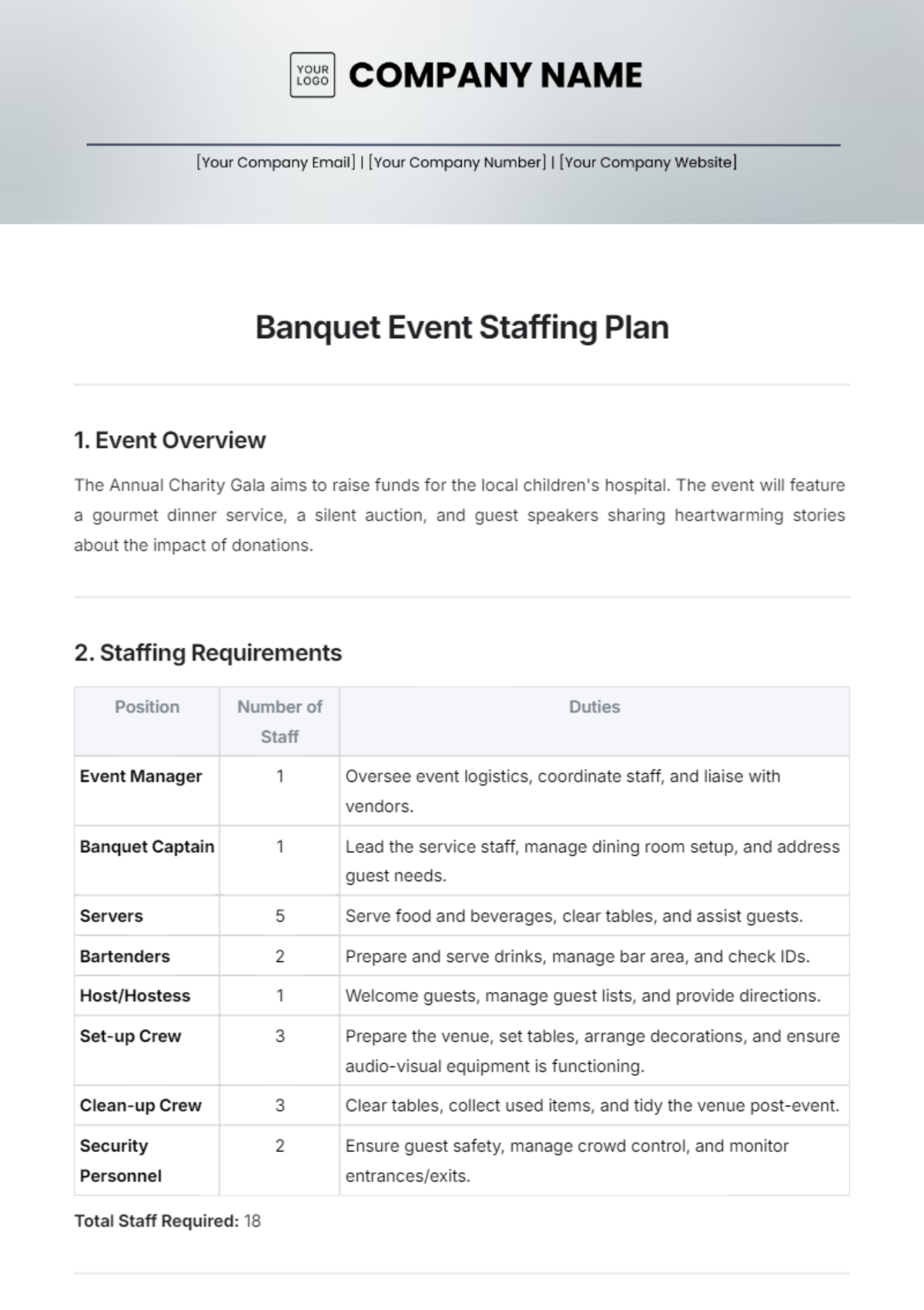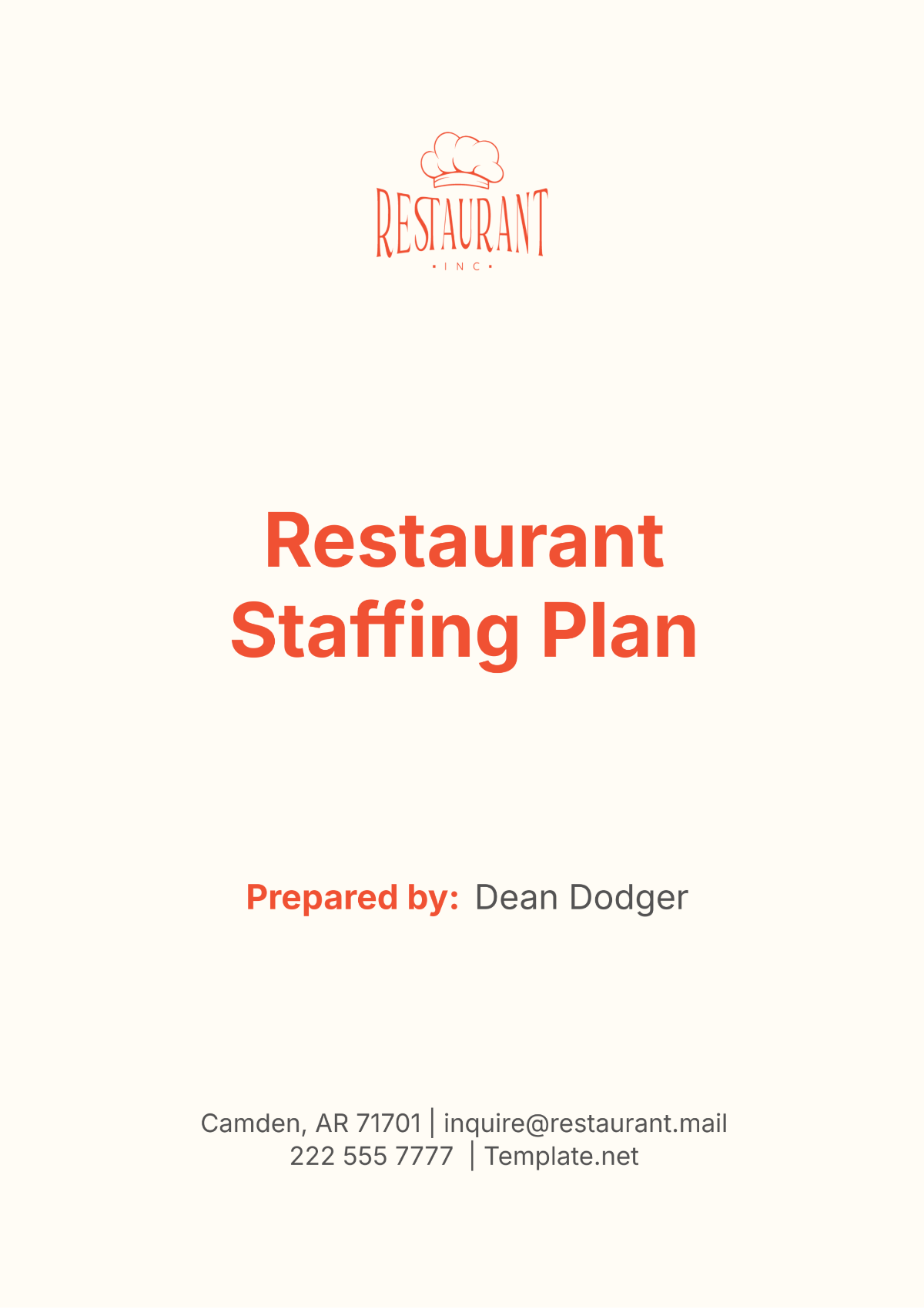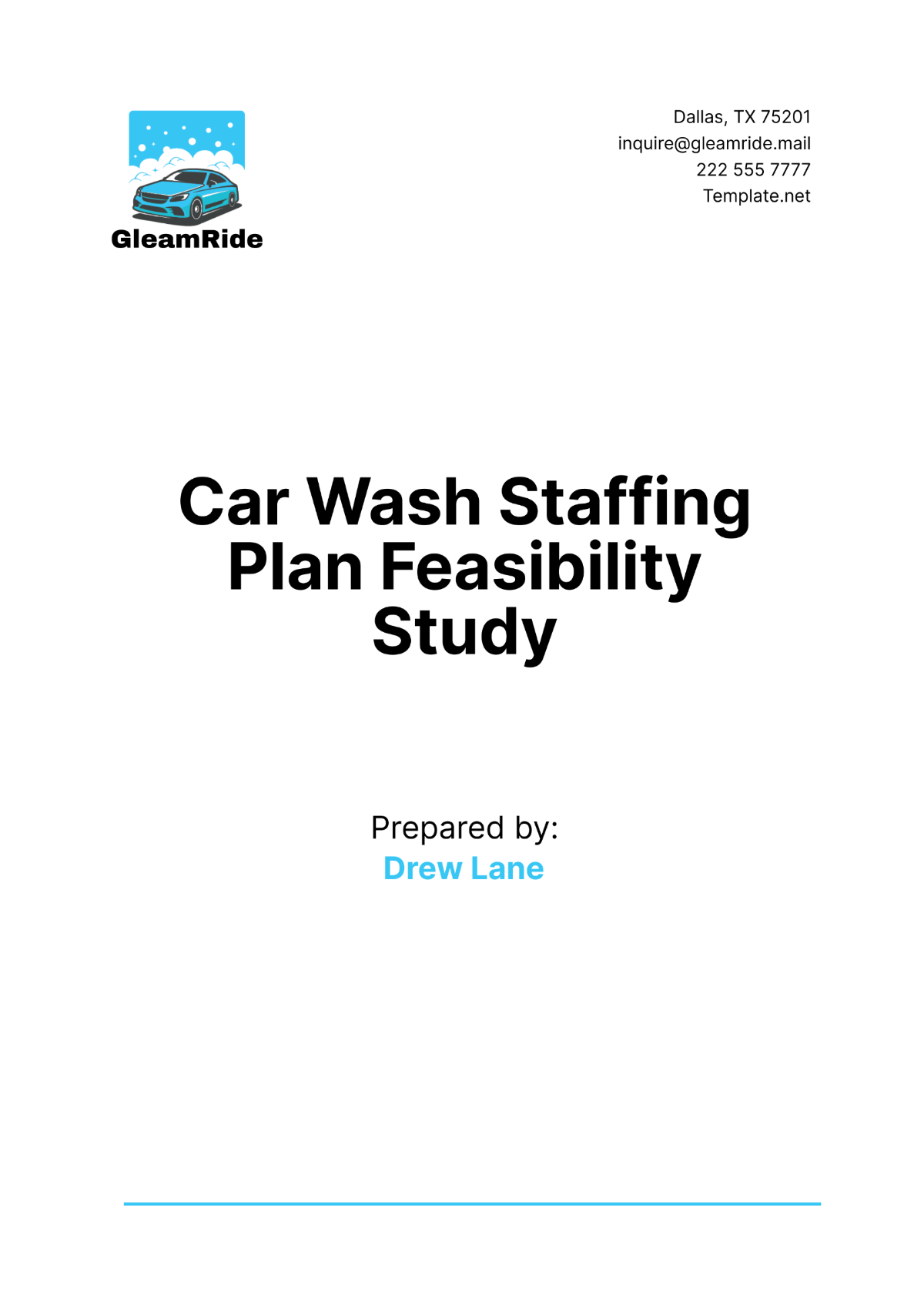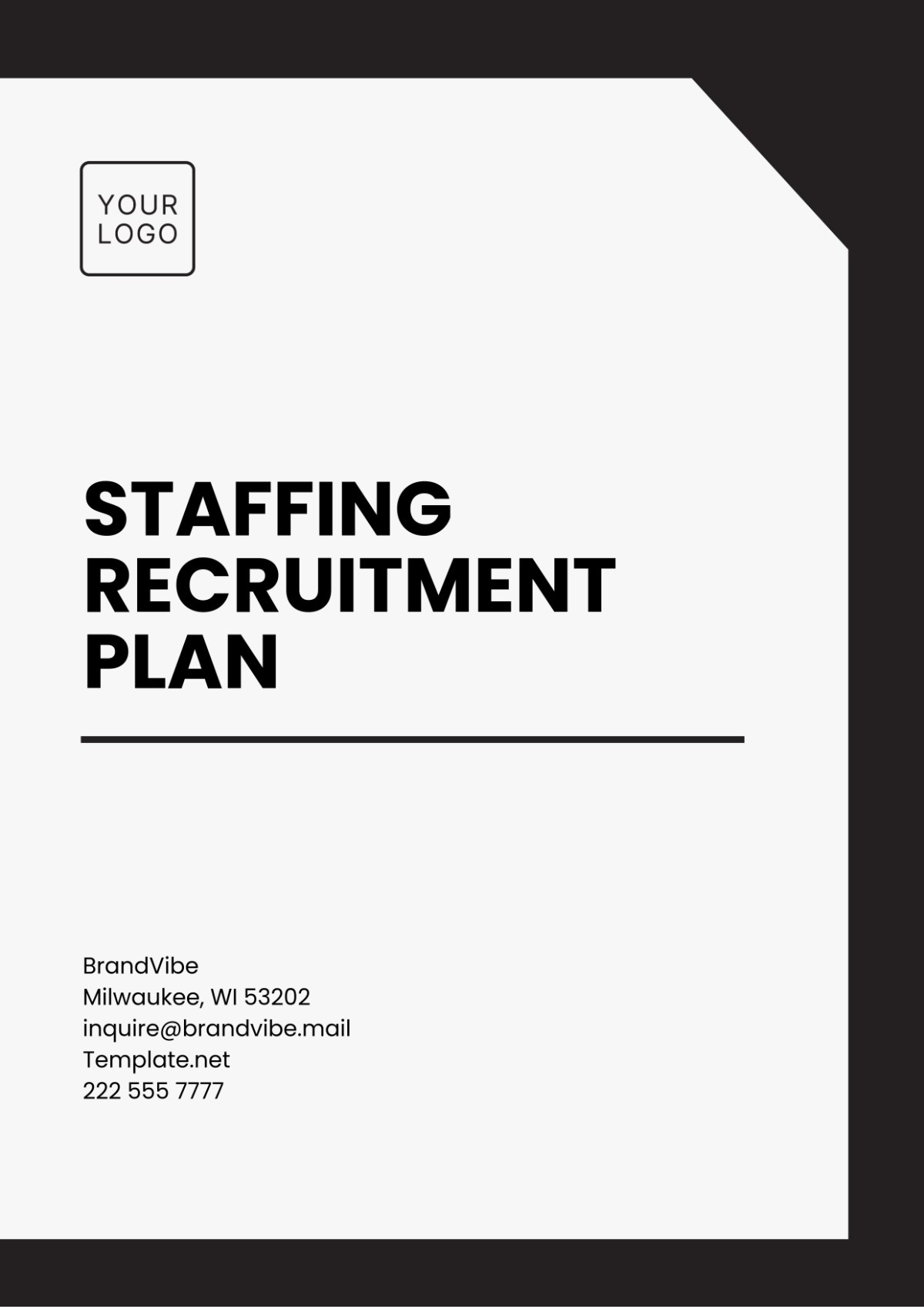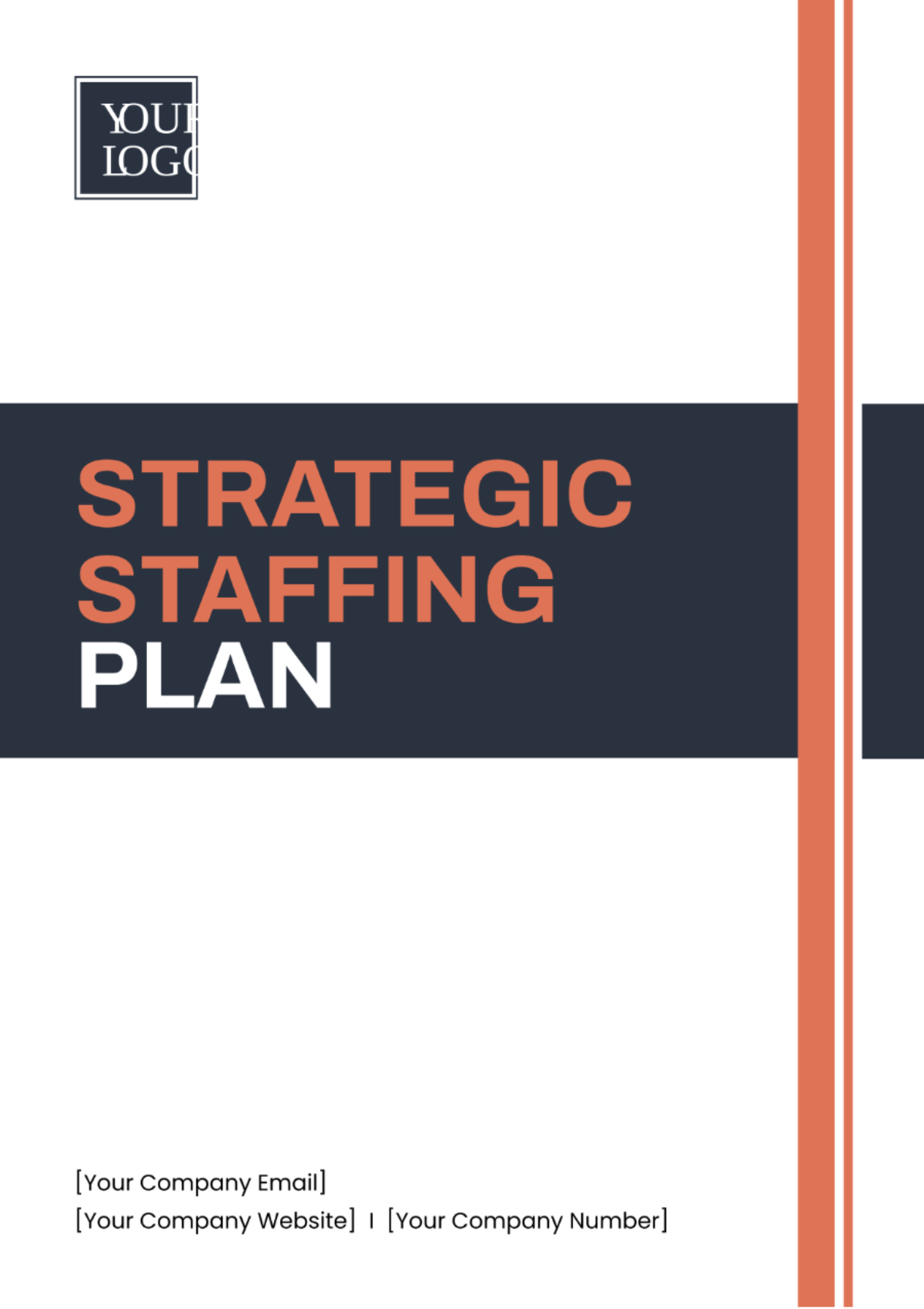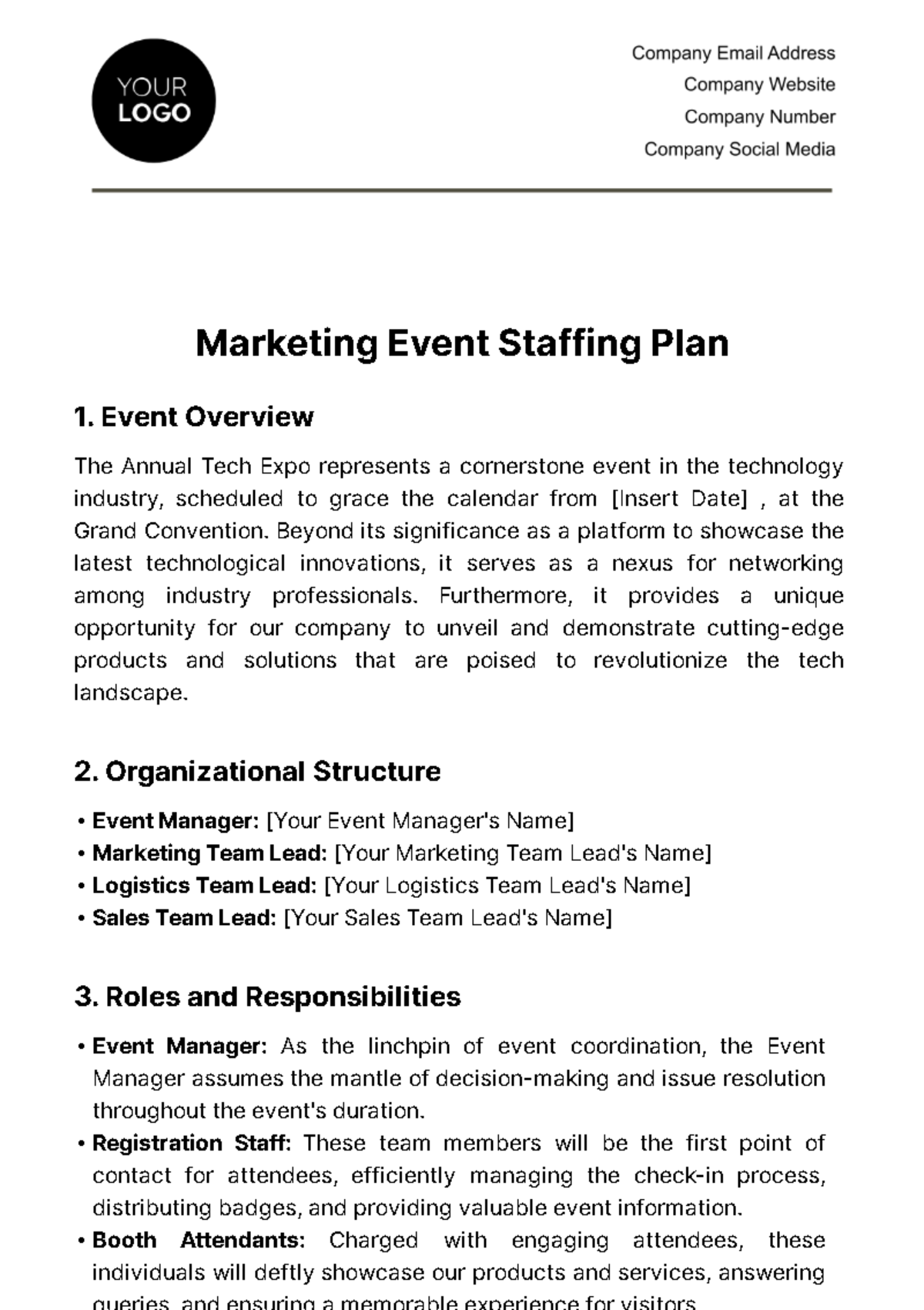Startup Staffing Plan Checklist
INSTRUCTIONS FOR USE: Mark off completed tasks to track progress. Regular collaboration with relevant teams and periodic updates are essential to reflect changing business strategies and workforce requirements.
Planning Phase
Define short-term and long-term business goals.
Align staffing needs with our strategic plan.
Evaluate the skills, performance, and potential of current employees.
Identify gaps between current capabilities and future needs.
Determine the number and types of positions needed to meet business objectives.
Consider factors such as projected growth, market trends, and technological advancements.
Create detailed job descriptions that outline essential duties, skills, qualifications, and experience.
Ensure roles are clearly defined to avoid overlap and ensure coverage of all critical areas.
Recruitment Phase
Select appropriate recruitment channels to find candidates with the required skills and experience.
Plan recruitment timelines, including deadlines for applications, interviews, and onboarding.
Post job openings on relevant job boards, social media platforms, and professional networks.
Engage in active sourcing techniques to identify passive candidates.
Develop a screening process to evaluate candidates’ qualifications against job requirements.
Conduct interviews to assess cultural fit, skills, and potential for growth.
Extend job offers to selected candidates, including compensation, benefits, and start date.
Negotiate terms as necessary, ensuring alignment with our compensation strategy.
Onboarding and Retention Phase
Create a structured onboarding plan to integrate new hires into our organization effectively.
Ensure new employees understand their roles, responsibilities, and how they contribute to our goals.
Identify training needs for new and existing employees to close skill gaps.
Support professional development to enhance team capabilities and employee satisfaction.
Set clear performance expectations and metrics for evaluation.
Provide regular feedback and conduct performance reviews to foster growth and improvement.
Develop strategies to retain top talent, such as career advancement opportunities, competitive compensation, and a positive work environment.
Monitor employee satisfaction and engagement levels to address concerns proactively.
Evaluation Phase
Assess the success of the staffing plan in meeting our business objectives.
Evaluate the effectiveness of recruitment, onboarding, and retention strategies.
Make necessary adjustments to the staffing plan based on feedback and organizational changes.
Continuously monitor workforce trends and organizational needs to ensure the staffing plan remains aligned with our strategic goals.
